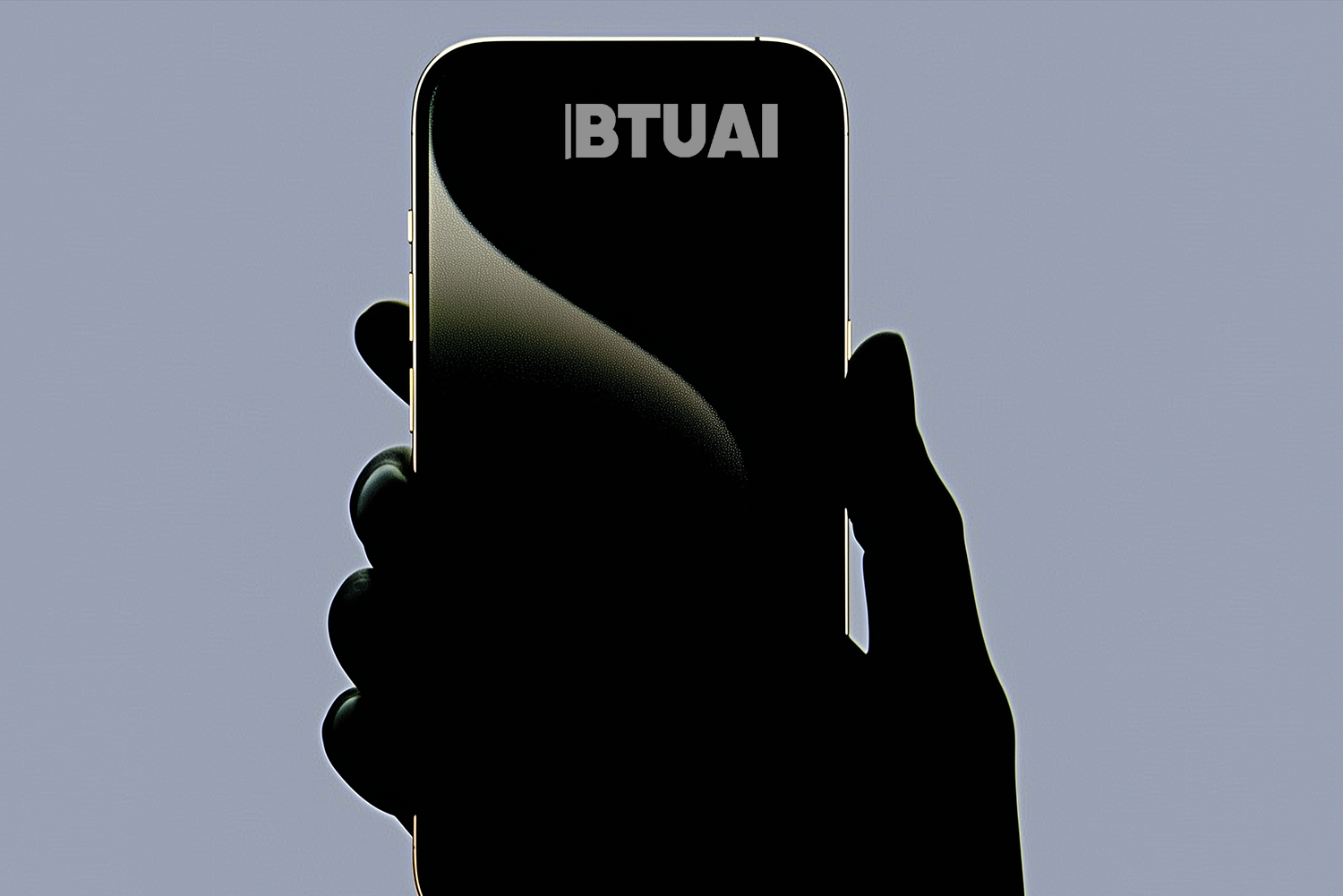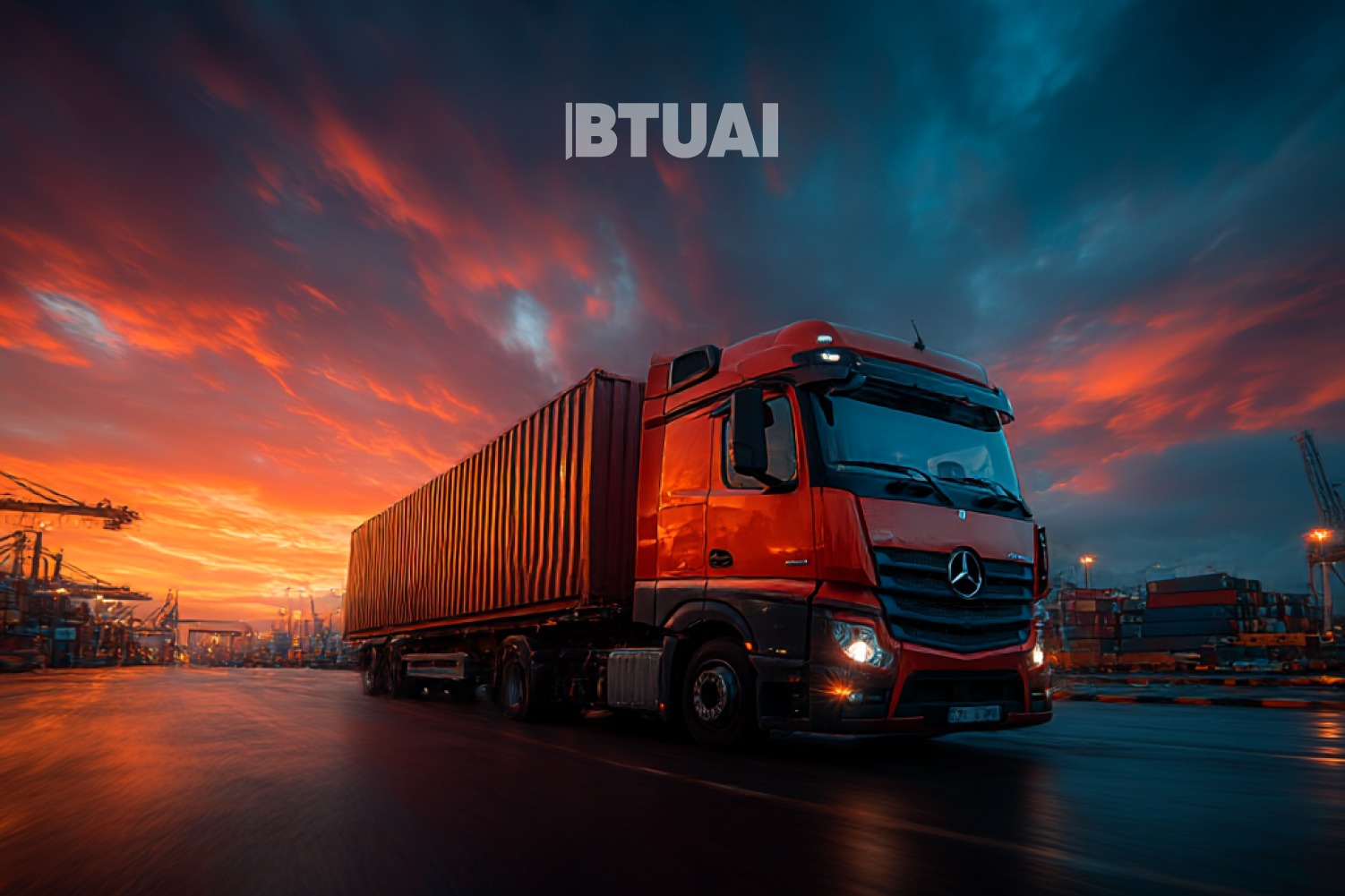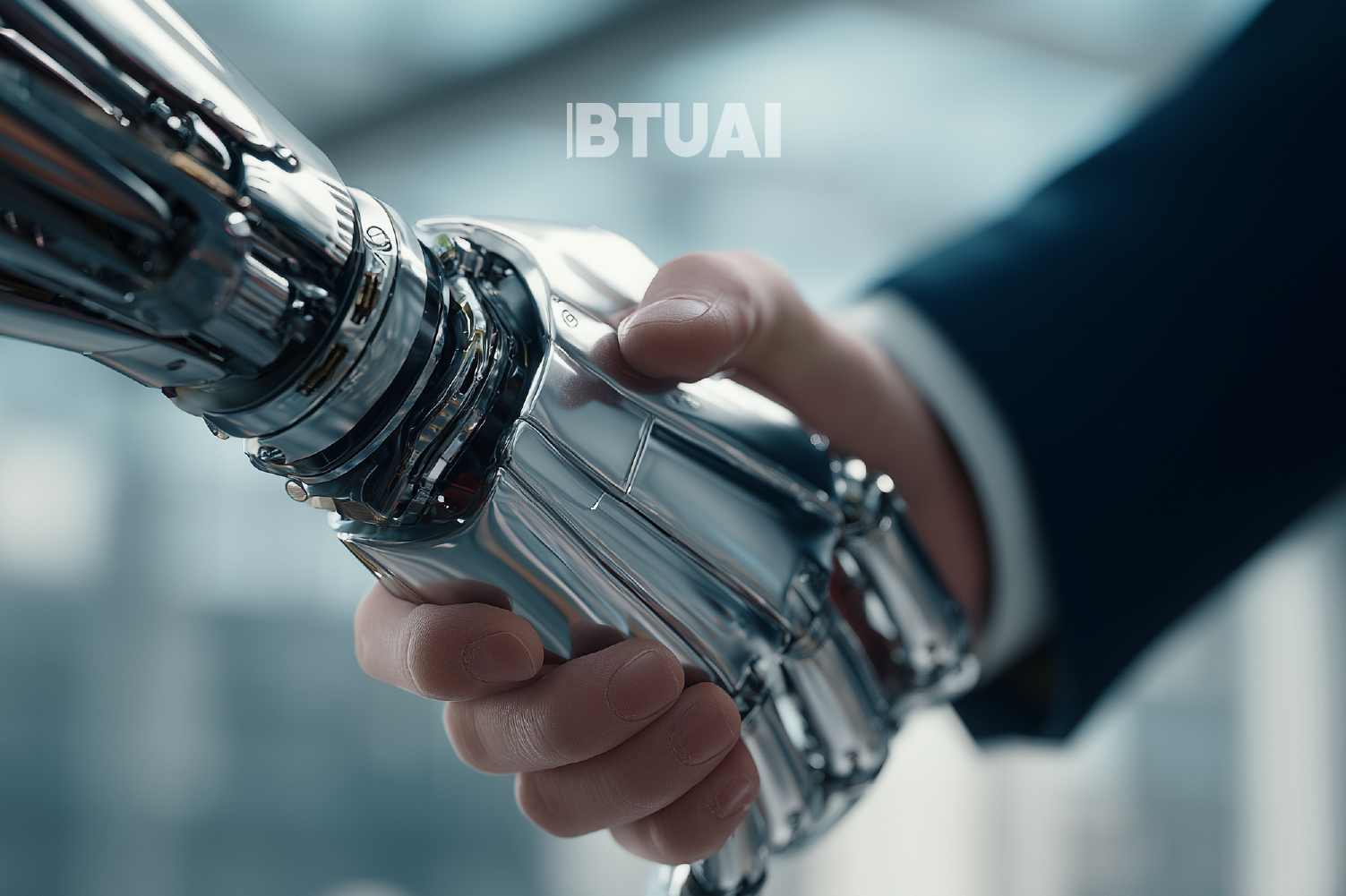How Apple’s Dependence on China Became Its Most Serious Threat
Apple, one of globalization’s most successful products and a symbol of technological dominance, is today becoming a victim of

Apple, one of globalization’s most successful products and a symbol of technological dominance, is today becoming a victim of the very process that turned it into a global technology leader. The company, almost entirely dependent on China for its manufacturing, has now discovered that the strategy that ensured immense profits for years has placed it under serious threat.
The technology giant’s weak spot has become precisely what once was its greatest strength — the vast supply chain embedded in China. Due to former President Donald Trump’s decision to impose tariffs on Chinese-manufactured products — ranging from 54% to 145% — most iPhones are directly affected, meaning that either prices for American consumers will rise, or Apple’s operating profit will be significantly reduced. It is likely that both will happen simultaneously.
Apple’s CEO, Tim Cook, carefully built the supply chain in China, transforming the country’s manufacturing ecosystem over decades and creating “iPhone City” — a massive factory complex in Zhengzhou where hundreds of thousands of people work simultaneously. This infrastructure, built specifically for Apple, is so complex that it cannot be relocated quickly.
Meanwhile, Apple is trying to diversify its production and is shifting parts of its final assembly operations to India and Vietnam. However, this only partially redistributes final assembly — the production of critical components remains largely in China. Despite India’s labor potential, the country has proven to be bureaucratically challenging and less reliable in terms of predictability, while Vietnam still cannot compete with China’s scale and technological depth.
Tim Cook’s position on this matter remains firm — he has repeatedly stated that bringing production back to the U.S. is practically impossible: there is neither a sufficient number of skilled and unskilled workers nor the necessary infrastructure. According to Wedbush Securities’ estimates, a fully American-made iPhone would cost around $3,500, which would seriously undermine the product’s marketability.
The company’s last hope again rests on Tim Cook’s political intuition. During Trump’s presidency, he once successfully negotiated an exemption from tariffs. If a similar path can be taken again, Apple may buy itself some time. However, this would only be a temporary reprieve — U.S.-China relations are in systemic crisis, forcing global players like Apple either to build new, non-integrated supply systems or to face serious economic losses.
Today, Apple’s case has already become a clear example of how geopolitics can radically reshape the business models of technological giants. The architect of globalization itself has turned into one of the victims of the global order’s unraveling. Past success — a precise, cheap, and large-scale Chinese supply system — may become the main lever that prevents the company from remaining competitive in the future.
For Apple’s future, it will be crucial not only to renegotiate tariffs but also to truly restructure its supply chain in a way that safeguards its primary revenue source. Tim Cook’s genius in supply chain management is now the challenge he must overcome, relying on his own strategic patience and innovative thinking. As time passes, it becomes increasingly clear that the greatest question facing the world’s largest technology company is this: how to avoid letting its own success become its greatest weakness.
Prepared based on WSJ.com materials




